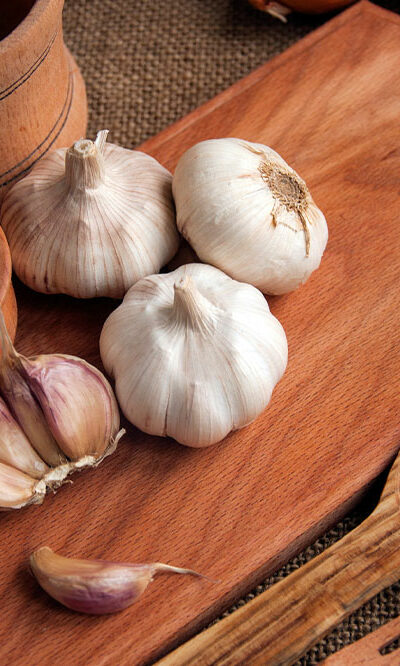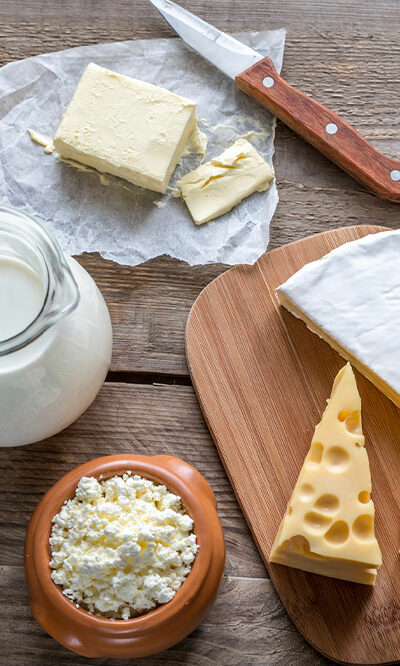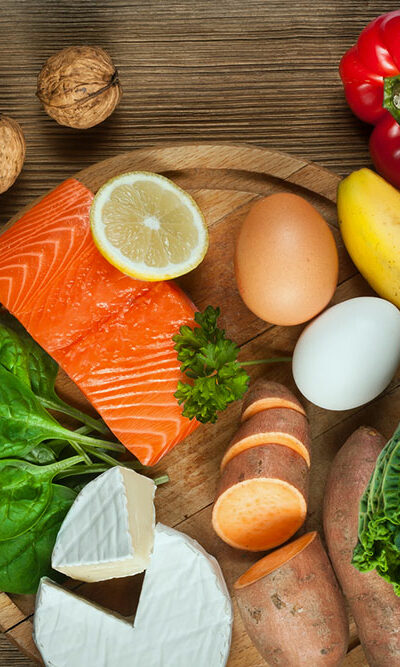
Multiple Myeloma – Signs and Management Tips
Multiple myeloma is a cancer of plasma cells, a type of white blood cell, wherein plasma cells accumulate in the bone marrow and overcrowd the red blood cells. These cancerous cells give birth to abnormal proteins that can cause further complications. When one is suffering from multiple myeloma, one’s body might or might not give any indications. Here we will discuss signs and lifestyle changes to help manage multiple myeloma. Signs of multiple myeloma Here are some signs of multiple myeloma one should look out for: Fatigue A person with multiple myeloma may feel highly fatigued after a good amount of rest. This fatigue may make it difficult to carry out daily tasks. Fatigue may cause other issues like difficulty concentrating and impaired memory. Bone pain Multiple myeloma may lead to bone pain. The ribs, back, or hips are frequently the sites of dull bone pain. Movement usually makes it worse, and it persists. Moreover, this might weaken the bones and cause fractures. This disorder is more prone to impact the bones in the arms, legs, and spine. When the spinal cord is harmed, the legs and feet may become numb and weak, resulting in uncontrollable bowel and bladder movements and sensations of pins and needles throughout the body. Unusual bleeding and bruising Typical symptoms of multiple myeloma include heavy periods, frequent nosebleeds, and bleeding gums. Since the platelets in the body, which help blood clot, are constantly being attacked by cancer cells, bleeding occurs often. A person may also experience frequent bruising. Frequent infections A person with multiple myeloma experiences frequent infections in the upper respiratory tract, urinary tract, and skin. This is caused by the compromised immune system due to abnormal plasma cells. These infections may turn severe if left untreated. Kidney problems Multiple myeloma may lead to kidney or renal impairment, resulting in kidney failure.










